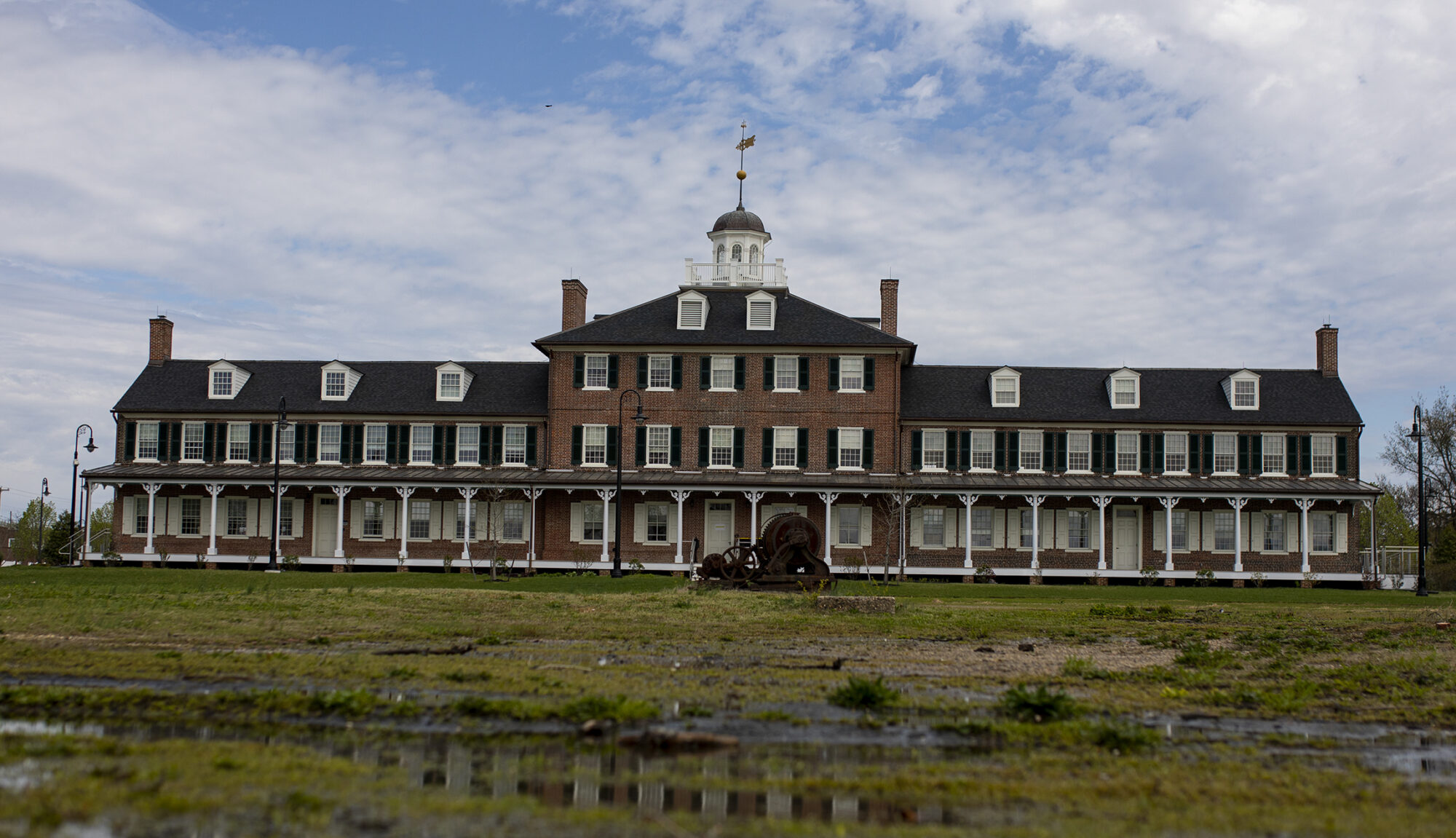What is a Lazaretto?
The word “lazaretto” is borrowed from the Italian word for “pesthouse” or quarantine ground. It derives from the biblical figure Lazarus, a beggar covered with sores, who became the patron saint of people afflicted with leprosy. (He was not the same figure as the other Lazarus in the Bible, who rose from the dead.)
Around 1800, when this Lazaretto was built, many major commercial seaports in the world had maritime quarantine stations located on islands or on the coast outside of their port districts, which were designed to keep infectious diseases from entering the city on arriving ships. Most of these lazarettos were in Mediterranean ports, and had been built to protect against bubonic plague, which spread westward from Central Asia along the Silk Road and other trade routes.
Timeline of the Philadelphia Lazaretto
1793-1799: Philadelphia is the nation’s capital, largest city, and busiest seaport. Four devastating yellow fever epidemics strike the city, killing over 10,000 people (out of a population of 50,000). In 1794, the city establishes one of the first Boards of Health in the country.
1799-1801: The Board of Health builds a new quarantine station on Tinicum Island, a few miles farther downriver from the previous Lazaretto (also called the Marine Hospital) on State Island next to Fort Mifflin.

1801-1895: The Lazaretto operates as the martime quarantine station for the Port of Philadelphia. Incoming ships, cargo, sailors, and passengers are inspected and sometimes detained in order to prevent the entry of infectious disease into the city. Sick sailors and passengers are treated at the Lazaretto hospital.

1898-1915: The Athletic Club of Philadelphia uses the Lazaretto as its summer home, which it called “The Orchard.” Wealthy and powerful Philadelphians find refuge from the heat and crowding of the city at the river’s edge, where they enjoy hunting, fishing, baseball, cycling, lawn tennis, lawn bowling, and quoits (like horseshoes), in addition to lavish banquets.
1915-2000: The Mills family operates a seaplane base, flight school, and marina at the Lazaretto. In the spring of 1917, as the U.S. prepares to enter World War I, the army trains military pilots on the site.
2005: Tinicum Township purchases the property in order to prevent a developer from demolishing the buildings and building an airport parking facility. The township builds a new fire station, banquet hall, and parking lot on the unbuilt area of the property. A nonprofit board, the Lazaretto Preservation Association of Tinicum Township, is created to oversee the preservation of the remainder of the site.

2020: After a lengthy restoration of the Main Building, Tinicum Township moves its municipal offices into the building at the end of February. Two weeks later, the old quarantine station is forced to close because of …… quarantine measures in response to COVID-19.
Who are we?
The Lazaretto Preservation Association of Tinicum Township board includes representatives of the township, historic preservation organizations, and other interested parties.
The LPATT board:
Herb MacCombie, Township Engineer, President
David Barnes, historian, University of Pennsylvania, Vice-President
Ed Rubillo, Treasurer
Chris Templin, Secretary
Pat McCarthy, President, Tinicum Board of Commissioners
Rod Maroney
Andrew Palewski
Our Digital Team:
David Barnes, historian
Eva Killenberg, website designer and coordinator
Jay Falk, graphic designer and social media coordinator

